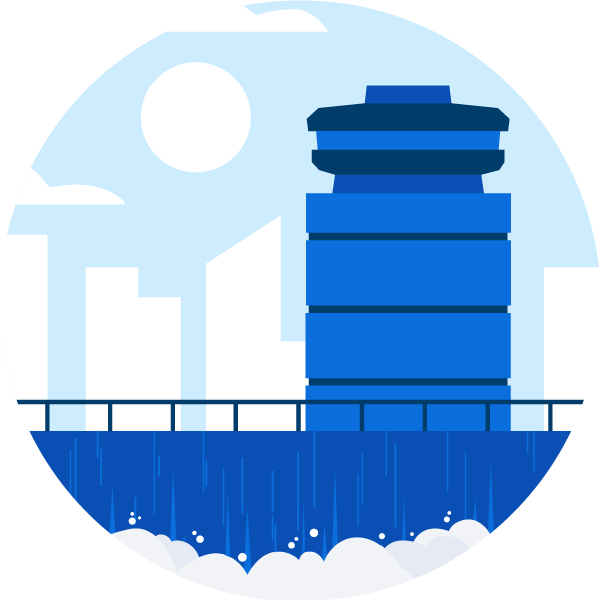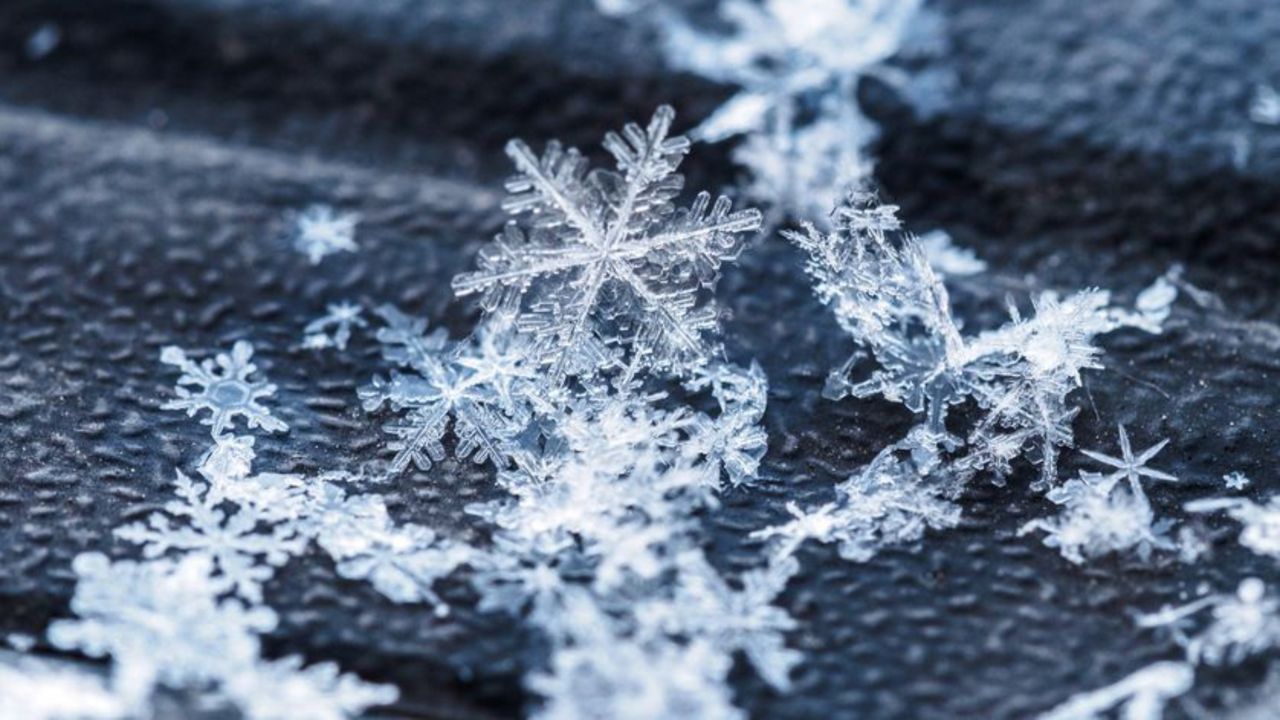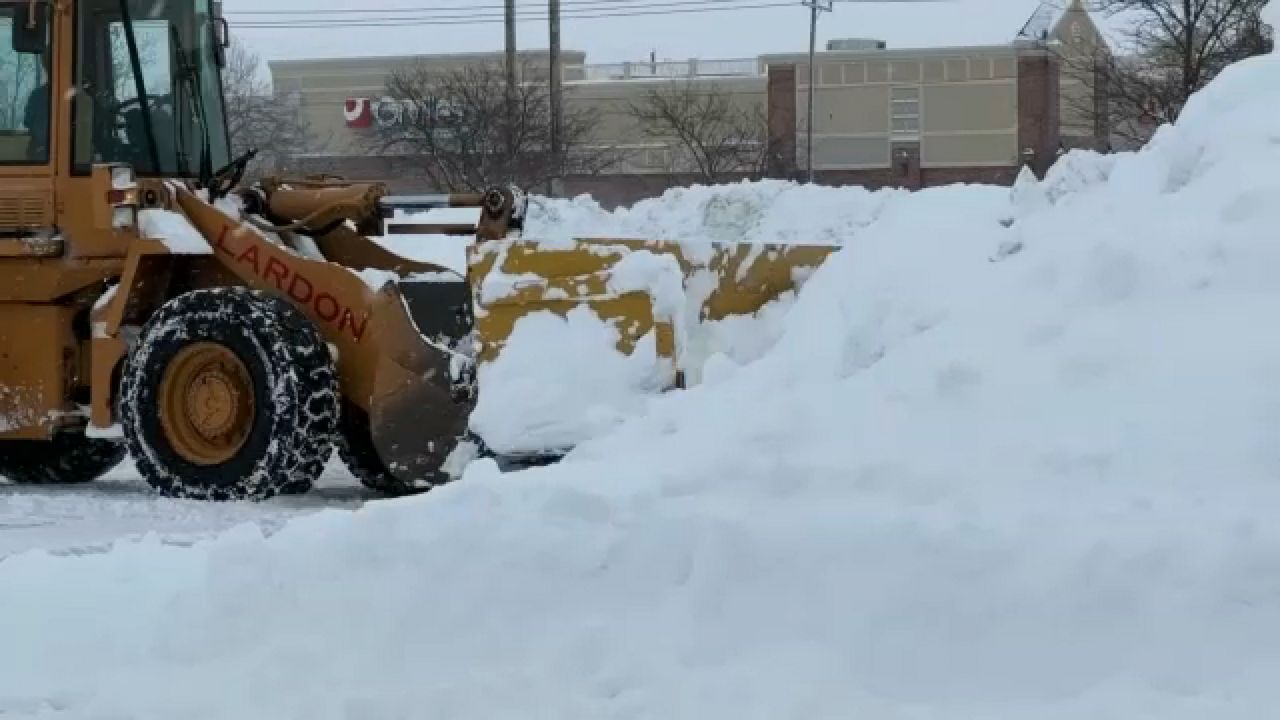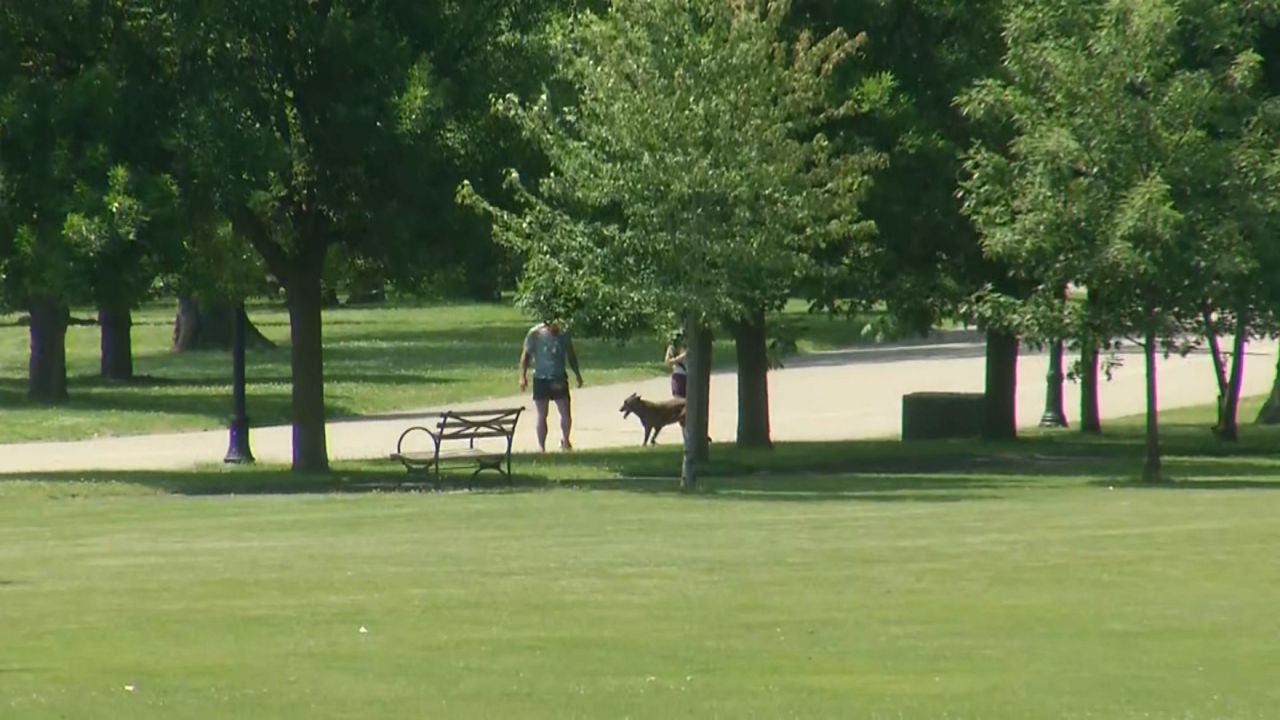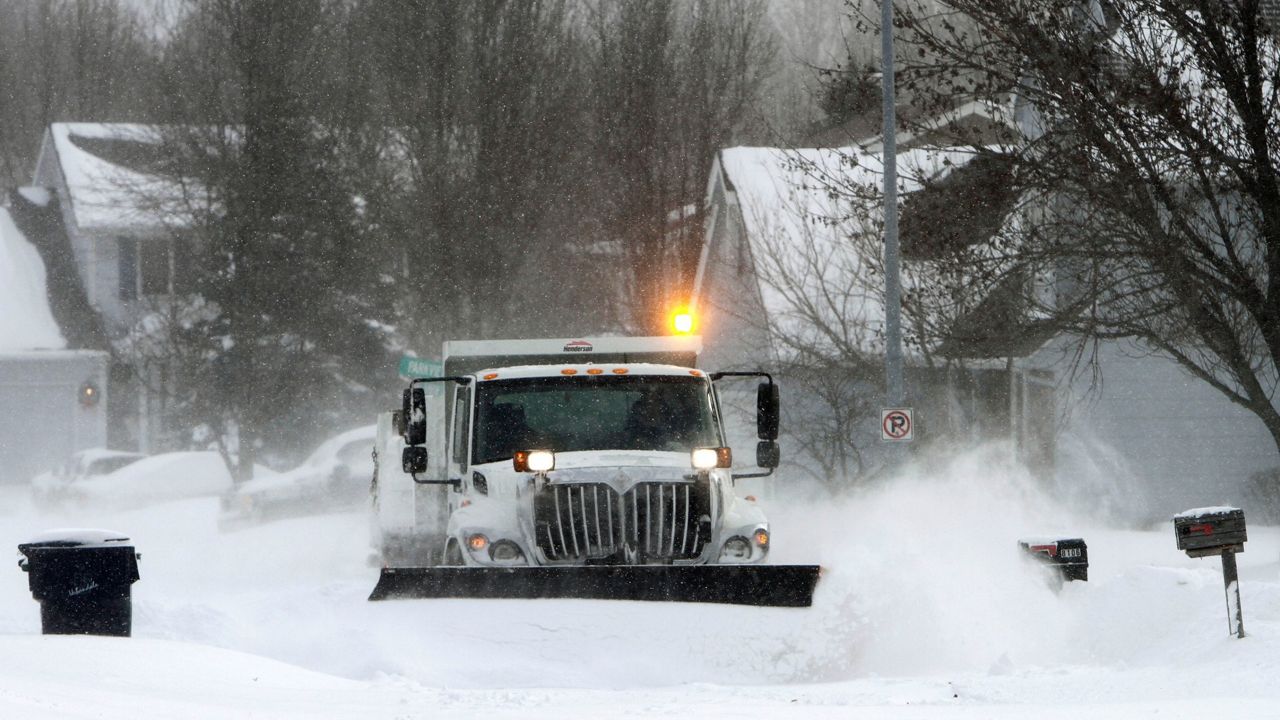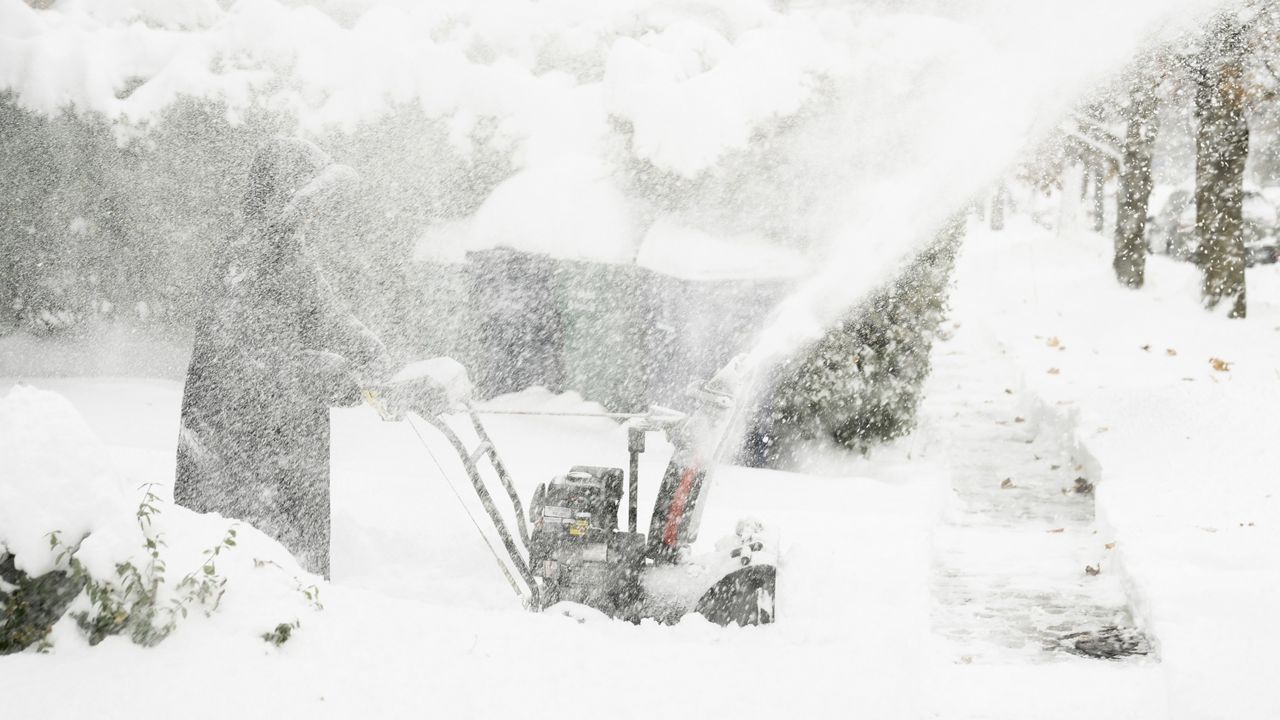It’s that time of year: Get ready for lots of the beautiful types and kinds of snowflakes.
When it comes in great quantity, it’s easy to assume it is all the same. But if you look at each individual snowflake, they are often very different.
Snowflakes come in many different shapes, sizes, and sometimes unfortunately, colors. The temperature plays a big role in what type of snowflake we see.
When it is colder, snow tends to be lighter and crystal-like. When it is warmer, snow clumps together and becomes heavier and wetter.
Heavier and wetter snow is also stickier, making it perfect for snowballs and building a snowman. The stickier component comes from a higher water content of the snow, which comes when temperatures are closer to 32 degrees.
When it is colder out, snow tends to stack up more easily. The colder it is, the fluffier the snow will be, and the more you will see on the ground.
That also means snow plows and highway departments will be extra busy.
If you’d like to see the different type of snow coming down, you don’t need any fancy equipment. In order to get the best view, bring a dark jacket outside or a dark piece of paper (or a dog).

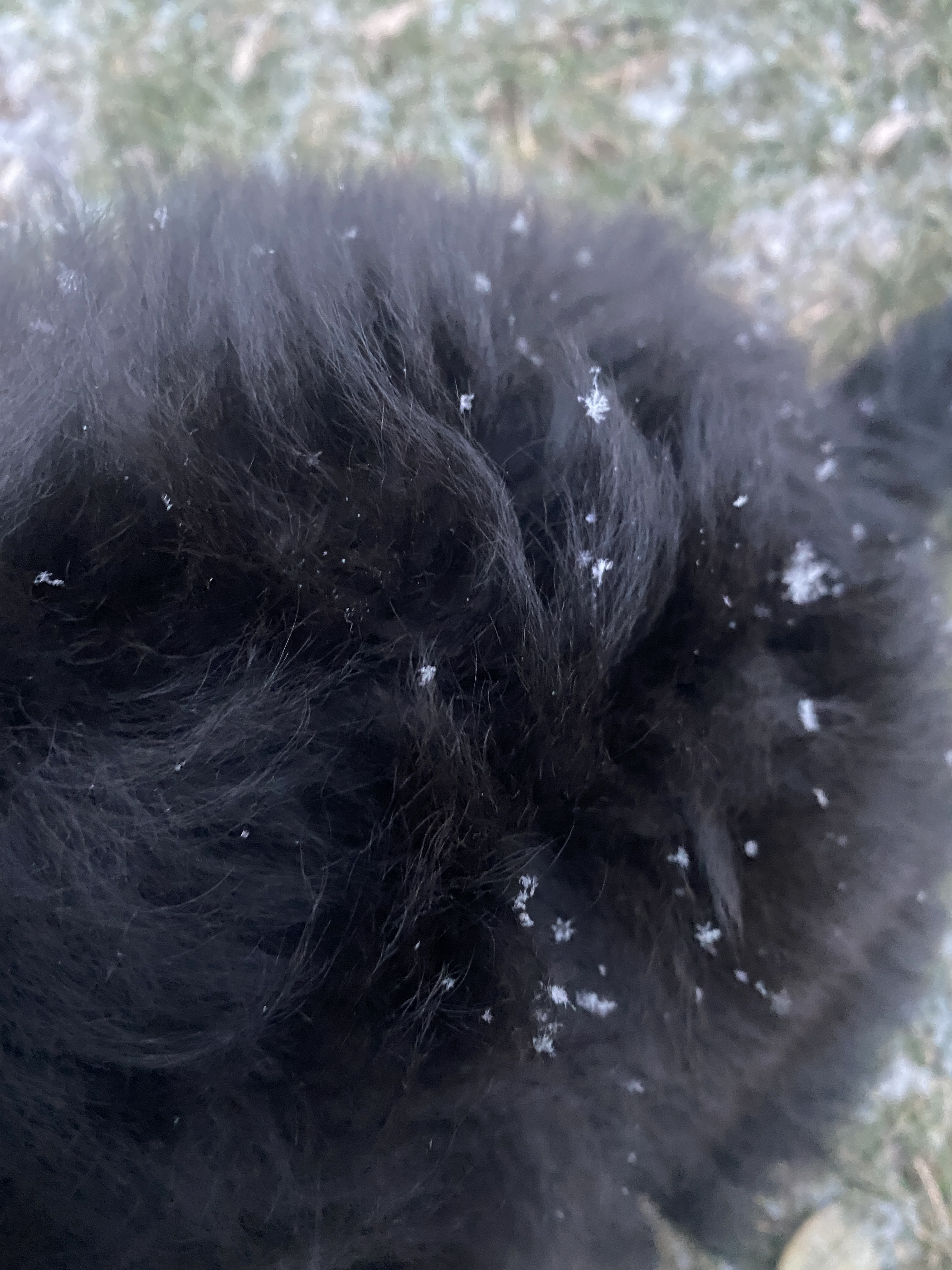
Hold it out and catch a few snowflakes on it. A close look will show you that some snowflakes look like little ice columns.
Others look more like the typical snowflake we draw as little kids.
Although snow can sometimes be a nuisance, try and take in the beauty of it. Depending on where you live, it is inevitable after all!
Follow along this winter using these: Meteorologist Kaylee Wendt on Facebook, Instagram, and Twitter!
Our team of meteorologists dives deep into the science of weather and breaks down timely weather data and information. To view more weather and climate stories, check out our weather blogs section.

